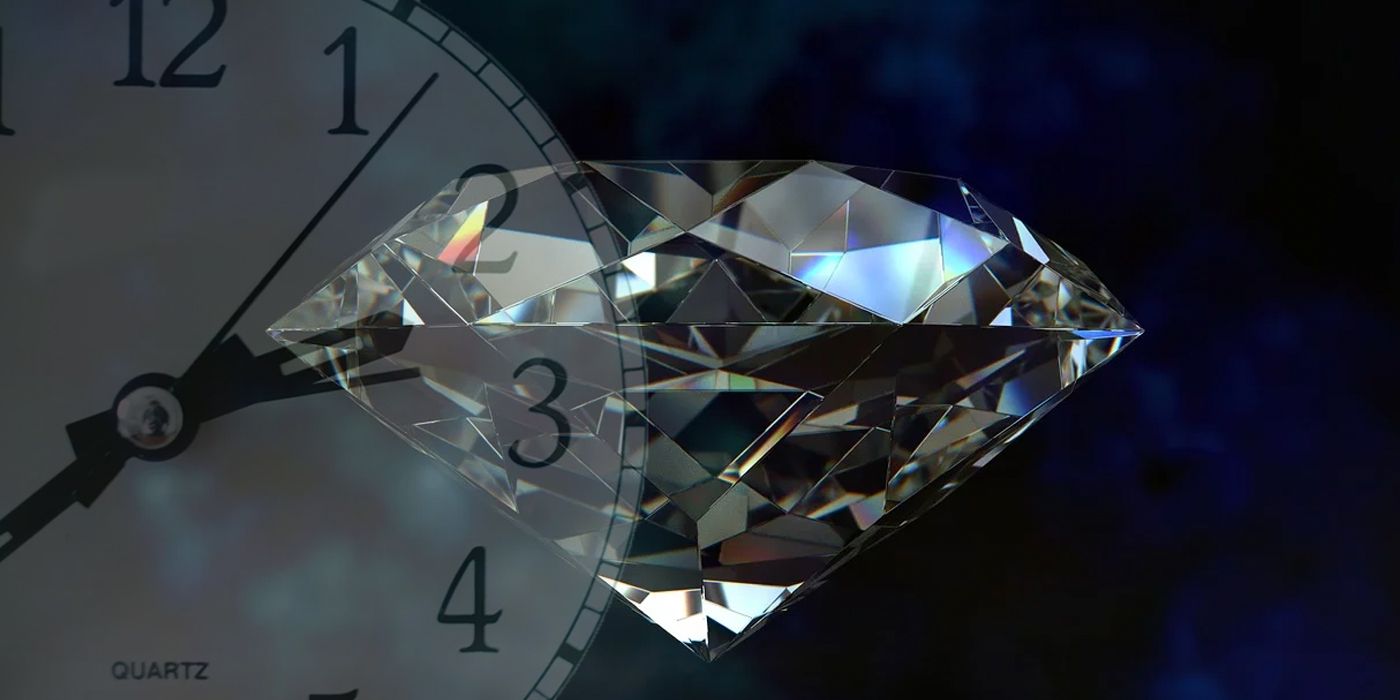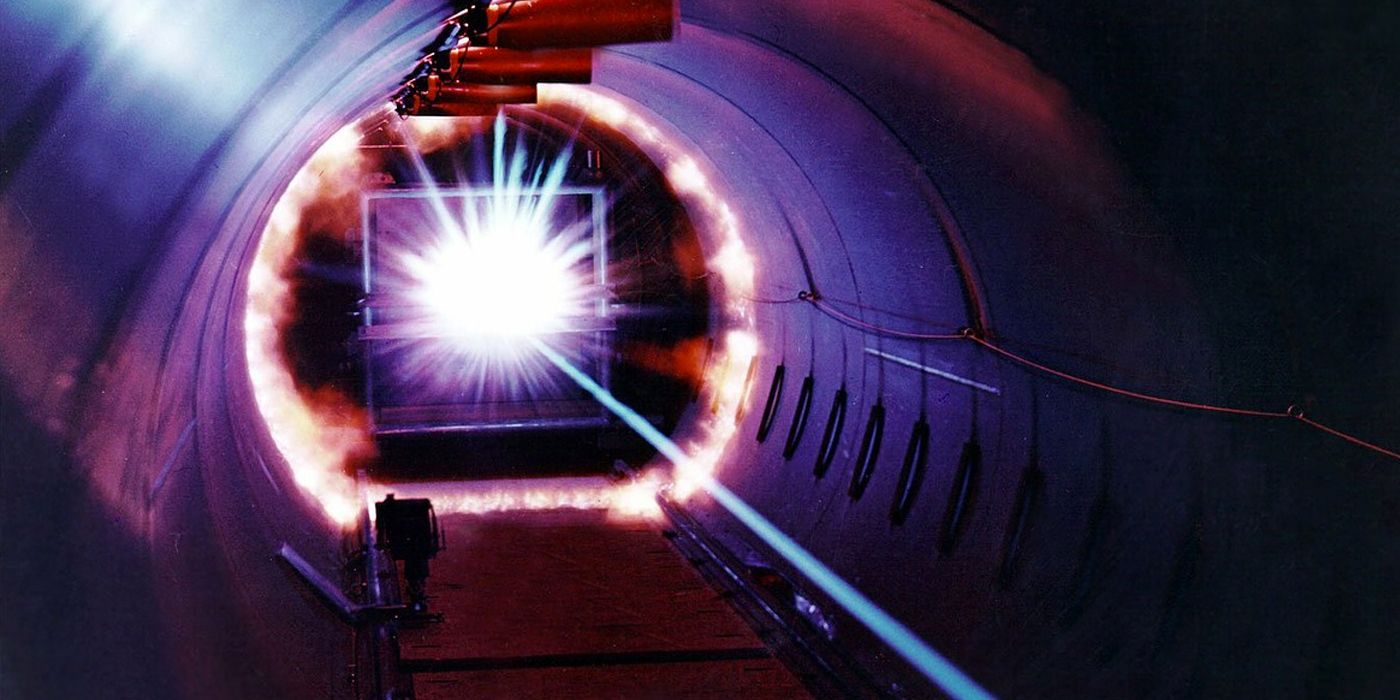Google's quantum computer generated a time crystal, an object that defies the laws of scientific physics. Time crystals break the second law of thermodynamics in that heat and other energy does not flow naturally from the object to other objects over time and that energy does not flow backward of its own accord. Regular crystals form a singular pattern in space whereas time crystals form a singular repeated pattern in time and can shift their state back and forth with no loss of their own energy. They expel little to no energy meaning they can keep shifting for all time, never reaching thermo-equilibrium as if it is being heated and cooled at the same time. This perpetual motion without exhausting its matter is essentially a perpetual motion machine, breaking the second law of thermodynamics and potentially rewriting the laws of physics.
Google would be interested in developing humanity's understanding of time crystals for one key reason. Time crystals can energize ultra-powerful quantum computers, hardware that can carry out large-scale computations far faster than a standard supercomputer. Quantum computers use qubits as opposed to regular bits, which are erratic, clumsy, and often die. Time crystals might be able to power ultra-powerful quantum computers due to their ability to be consistently controlled as opposed to today's offering of qubits. Essentially, Google would be interested in developing time crystals to power the strongest processors humanity has ever seen.
The complicated paper was published on the Cornell University website. Inside Google's Sycamore computer, scientists were able to create a time crystal for a limited amount of time. They did this by using 20 strips of superconducting aluminum for their qubits. These strips were then programmed to enter two states. After hitting these strips with a microwave laser beam they recorded their findings over 10,000 times. The qubits were then morphing between two states of matter, becoming a time crystal. When a solid, the qubits did not melt with a slight fluctuation of heat, as a liquid it did not freeze or evaporate for the same reason. At 180 degrees the time crystals could flip matter on command. This is not to say that scientists invented the perpetual motion machine, however. When the laser beam shuts off the constant swapping of matter states ceased.
Like Something Out Of Fiction
The experiment has now entered its peer review stage and tackles a formerly intangible area of physics that could provide a multitude of benefits for humanity. The computing power of a quantum computer is almost too great to fully comprehend. It could, theoretically, figure out complex equations like cracking secure passwords within seconds, a fraction of how long it would take a standard computer. A quantum computer could offer the world some of the most intense and powerful computational power that humanity has ever seen.
Due to the sophistication of Google's Sycamore quantum computer and the study entering its peer review phase, we cannot expect time crystals to change our lives for many years, or possibly decades. This is the first time this new state of matter has been produced, hence far more scientific testing is required. The price of quantum computing's very framework needs to be drastically reduced and time crystal properties also need to be properly explored. It could be a century before your new Chromebook makes use of a quantum processor.
Source: ARXIV


